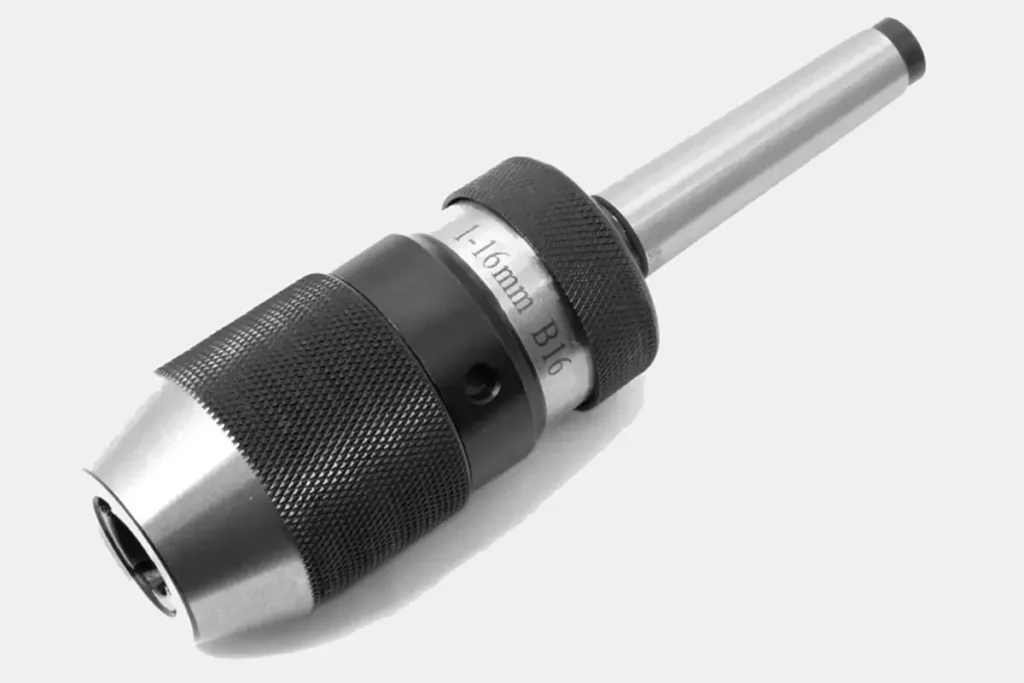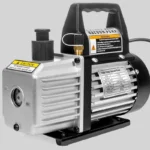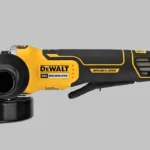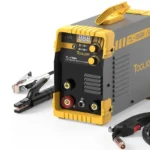Ever had a drill bit slip just when you were getting the hang of a project? Frustrating, right? That little grip at the end of your drill—called a chuck—might seem like just another part of the tool, but it plays a crucial role in holding your drill bits steady and ensuring you get the job done right. Whether you’re a DIY enthusiast or a seasoned pro, understanding how a drill chuck works can save you time, money, and a whole lot of headache.
Let’s break down this seemingly simple, yet essential, component.
What is a Drill Chuck?
In a nutshell, a drill chuck is a clamp that holds your drill bits in place. Think of it like the hand of your drill, gripping the bit tightly so it doesn’t go flying across the room—or worse, into something (or someone!) it shouldn’t. This handy little device allows you to swap out different bits, depending on the task at hand, whether you’re drilling a tiny hole in a piece of wood or boring through solid metal.
Basic Components

A drill chuck is composed of several key parts:
- Body: The main structure that holds everything together.
- Jaws: The gripping components that hold the drill bit.
- Sleeve: The outer shell that you turn to tighten or loosen the jaws.
- Key: In keyed chucks, this is the tool used to adjust the jaws.
Each of these parts works in harmony to ensure that your drill bit stays secure while you work.
Types of Drill Chucks
Not all drill chucks are created equal. Depending on your drill and the type of work you’re doing, you might encounter different types of chucks. Here’s a breakdown:
Keyed Chucks
Keyed chucks are the old-school variety. They come with a small, T-shaped tool (the key) that you use to tighten or loosen the grip on the drill bit. The key fits into a hole on the side of the chuck, and as you turn it, the jaws move closer together or further apart, depending on the direction you turn.
Advantages:
- Stronger Grip: Keyed chucks generally provide a firmer grip on the drill bit, which is essential for heavy-duty tasks where the bit might slip.
- Precision: The added control with the key can offer more precision, especially when working with larger, more powerful drills.
Disadvantages:
- Inconvenience: Having to use a key every time you want to change the bit can slow you down, especially if you’re switching between bits frequently.
Keyless Chucks
Keyless chucks are the more modern, convenient option. As the name suggests, they don’t require a key to operate. Instead, you simply grip the chuck with your hand and twist to tighten or loosen it.
Advantages:
- Speed: Quick bit changes make this ideal for tasks where you need to switch bits frequently.
- Ease of Use: No need to fumble around for a key—just use your hands.
Disadvantages:
- Potential Slippage: Keyless chucks might not hold as securely as keyed chucks, especially under heavy loads.
Hybrid Chucks
Hybrid chucks offer the best of both worlds. They combine elements of both keyed and keyless chucks, allowing you to use a key for extra torque when needed, but also offering the convenience of keyless operation.
Advantages:
- Versatility: You get the security of a keyed chuck with the convenience of a keyless one.
- Flexibility: Ideal for users who need a chuck that can handle a variety of tasks.
How a Drill Chuck Works: The Inner Mechanism
Let’s dig a bit deeper into the mechanics of a drill chuck. While it might seem like a simple device, there’s more going on beneath the surface than meets the eye.
Step-by-Step Breakdown
1. Insertion of Drill Bit:
When you’re ready to use your drill, you start by inserting the bit into the chuck. The jaws, which are the gripping parts inside the chuck, are moved apart by rotating the sleeve. Once the bit is in place, you turn the sleeve in the opposite direction, causing the jaws to close tightly around the bit.
2. Rotation and Torque:
As you pull the trigger on your drill, the motor inside powers a spindle that rotates the chuck. The tighter the jaws grip the bit, the more effectively the torque from the motor is transferred to the bit, allowing it to cut through the material you’re working with.
3. Releasing the Bit:
When you’re done with the bit and ready to switch it out, you simply reverse the process. Turn the sleeve in the opposite direction to loosen the jaws, and the bit slides right out.
Imagine your hand as the jaws of the chuck. When you close your hand around a pencil (the drill bit), your fingers grip it tightly. The tighter you squeeze, the harder it is for the pencil to move. Now imagine rotating your wrist—that’s the chuck in action, turning the bit and drilling into your material.
Common Chuck Sizes and Their Uses
Choosing the right chuck size is like picking the right tool for the job. Use a chuck that’s too small, and you won’t be able to hold the bit properly. Use one that’s too big, and you’ll struggle to control the drill.
| Chuck Size | Common Uses |
|---|---|
| 1/4-inch | Precision work, light-duty tasks |
| 3/8-inch | General-purpose drilling, versatile for most household tasks |
| 1/2-inch | Heavy-duty work, larger bits, professional-grade drilling |
Choosing the Right Size: When selecting a chuck size, consider the material you’ll be drilling into and the size of the bits you plan to use. For everyday tasks around the house, a 3/8-inch chuck is usually sufficient. But if you’re working with tougher materials like metal or masonry, a 1/2-inch chuck will give you the extra grip and power you need.
Frequently Asked Questions
Q: How do I choose between a keyed and keyless chuck?
A: If you need precision and a firm grip, especially for heavy-duty tasks, go with a keyed chuck. If convenience and speed are more important, a keyless chuck is the way to go.
Q: What size chuck do I need for my drill?
A: For most household tasks, a 3/8-inch chuck will do the trick. For more demanding jobs, consider a 1/2-inch chuck.
Q: Can I replace a drill chuck myself?
A: Yes, most drill chucks can be replaced with a bit of elbow grease and the right tools. Just make sure you’re using the correct replacement part for your drill model.
Q: Is a keyless chuck safe for heavy-duty work?
A: Keyless chucks are generally safe for most tasks, but for heavy-duty work, a keyed chuck might offer better security and grip.
Conclusion
The drill chuck might be small, but it’s a powerhouse when it comes to getting the job done. Whether you’re drilling into wood, metal, or masonry, understanding how your chuck works and how to maintain it will keep your drill in top shape. So next time you’re swapping out a bit, take a moment to appreciate this unsung hero of the toolbox. And remember, whether you’re a weekend warrior or a professional contractor, the right chuck can make all the difference. Happy drilling!

Matthew Dowell
Matthew, a seasoned builder from a family of craftsmen, leads Tools Trove. His passion for tools and decades of hands-on experience fuel his commitment to providing expert reviews and insightful content. Whether you’re a pro or a DIY enthusiast, Matthew’s guidance ensures informed decisions in the world of tools.




